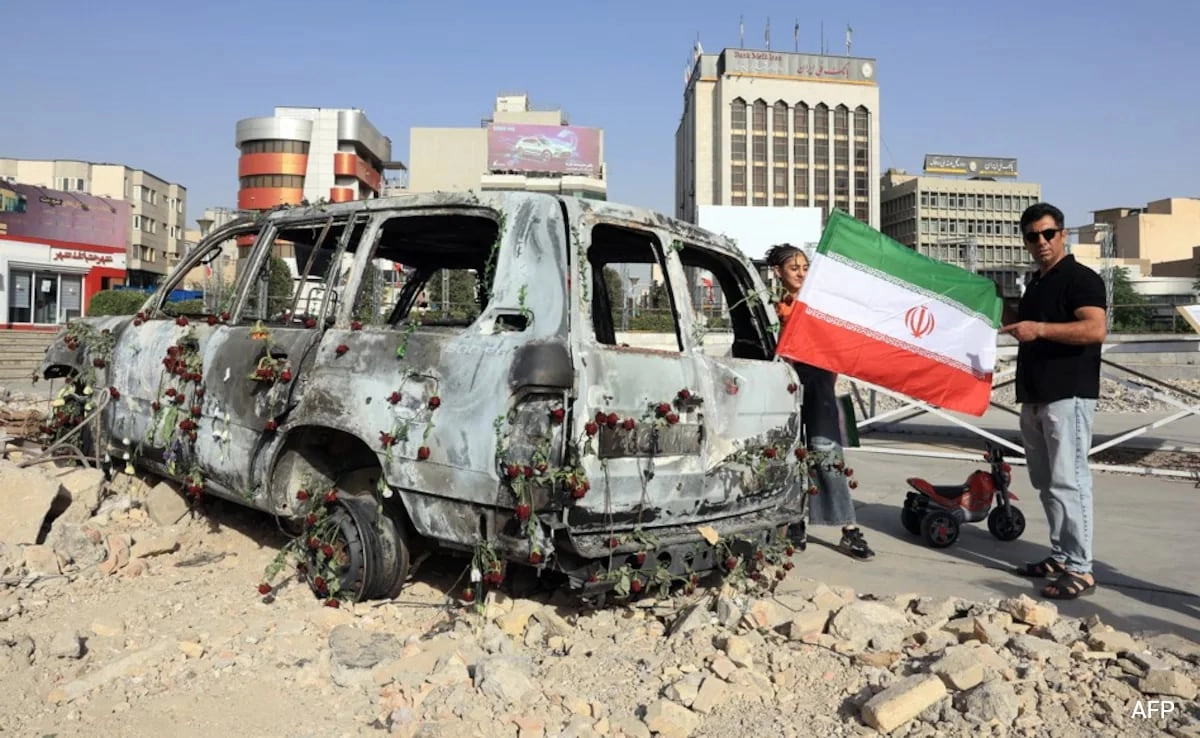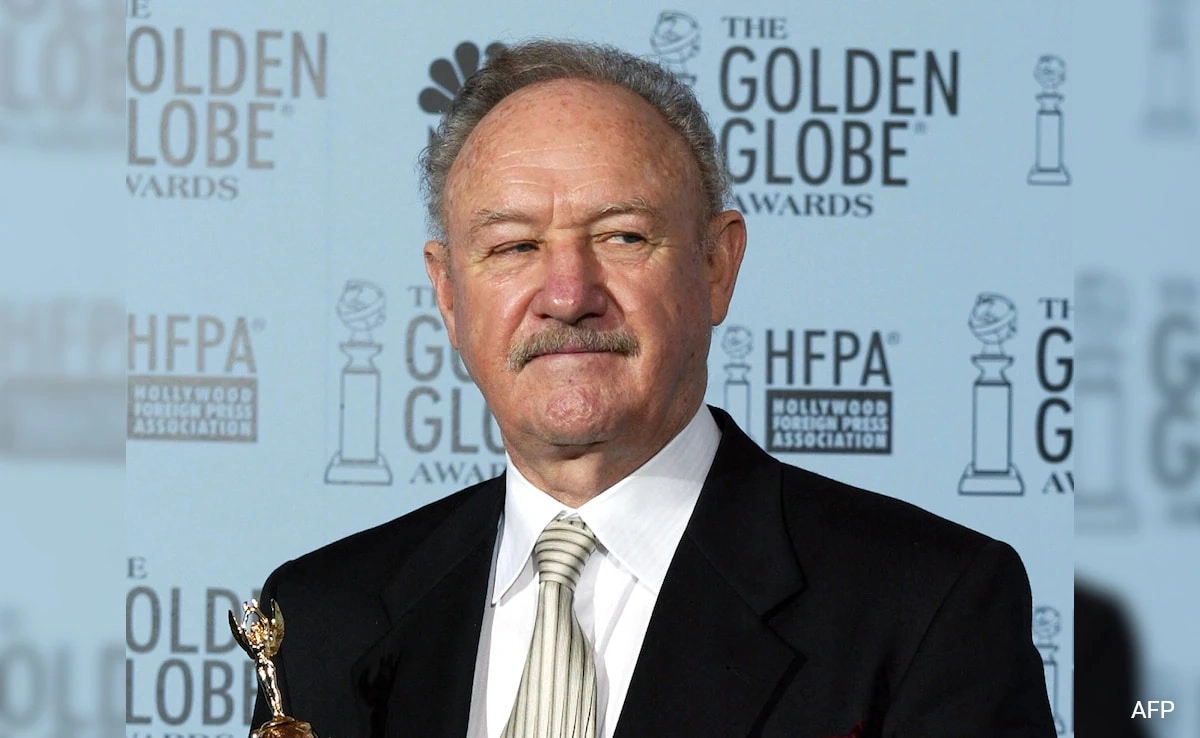In a recent development regarding the ongoing tensions between Iran and Israel, Iranian officials have made a new statement on the ceasefire situation following comments made by former U.S. President Donald Trump. This statement comes amidst a backdrop of heightened military conflict and political maneuvering in the region, where both nations have historically held adversarial relations. Trump’s remarks, which suggested a shift in U.S. foreign policy towards Israel, have prompted Iran to clarify its stance on the ceasefire, emphasizing its commitment to regional stability and its opposition to any acts of aggression.
Iran has reiterated its call for a ceasefire in the ongoing conflict, stressing the importance of dialogue and negotiation in resolving disputes. Iranian leaders have condemned what they perceive as Israeli provocations and emphasized that any ceasefire must be respected and upheld by all parties involved. The Iranian government sees the current situation as an opportunity to reaffirm its position as a key player in Middle Eastern geopolitics, insisting that any lasting peace must include considerations for Palestinian rights and sovereignty. This statement is not only a response to Trump’s comments but also a reflection of Iran’s broader strategy to assert its influence in the region.
The dynamics of the ceasefire are further complicated by the involvement of international stakeholders and the shifting alliances within the Middle East. Iran’s commitment to a ceasefire could potentially open avenues for diplomatic engagement, but it also highlights the challenges of achieving a sustainable resolution. With the backdrop of Trump’s influence and the complex interplay of regional politics, the situation remains fluid. As Iran navigates its stance on the ceasefire, the international community is closely watching to see how these developments will impact broader regional stability and the future of U.S.-Iran relations.
In summary, Iran’s latest statement reflects its ongoing efforts to shape the narrative surrounding the conflict with Israel while responding to external pressures, including those stemming from U.S. political discourse. The potential for a ceasefire hinges on multiple factors, including the willingness of all parties to engage in meaningful dialogue and the role of international diplomacy in mediating the situation. As the region remains on edge, the implications of these developments could resonate well beyond the immediate conflict, influencing the geopolitical landscape in the Middle East for years to come.




